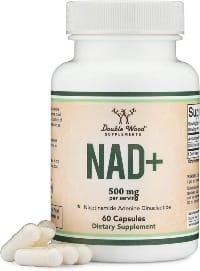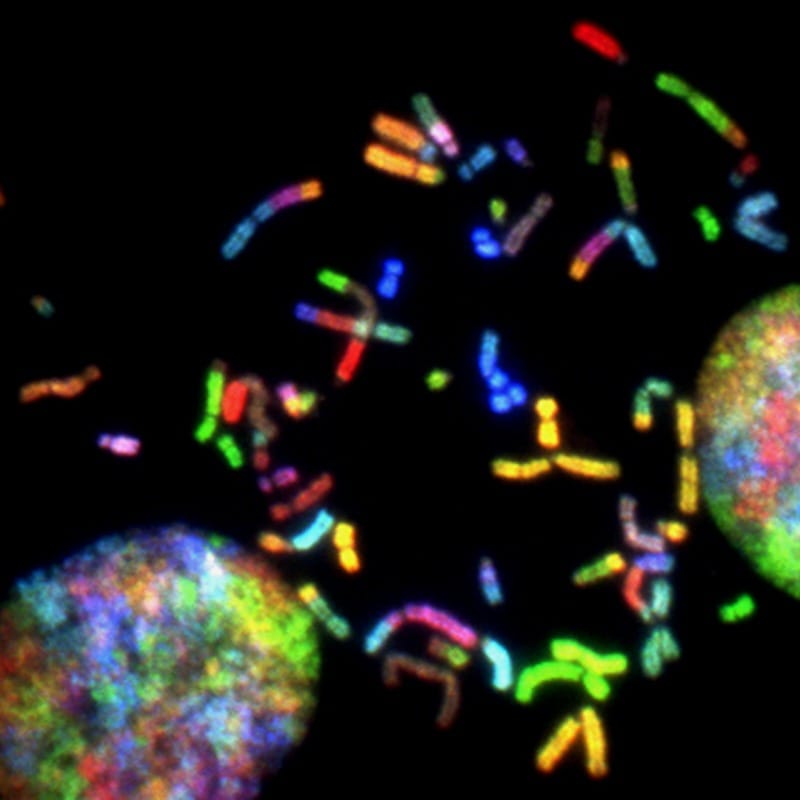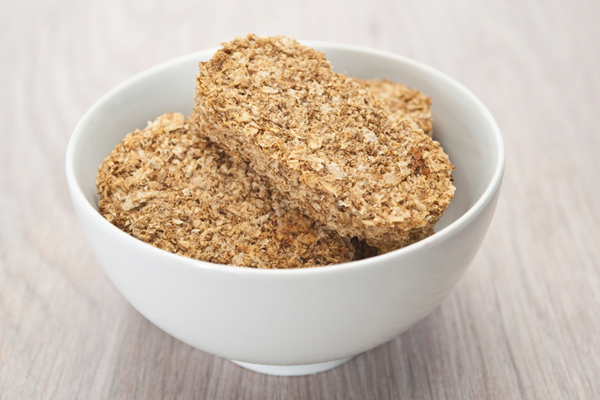Two molecules have taken center stage in anti-aging research: nicotinamide adenine dinucleotide (NAD+) and nicotinamide mononucleotide (NMN). Both play crucial roles in cellular energy production and DNA repair, but their distinct characteristics have sparked debate among scientists and health enthusiasts alike.
Key takeaways:
• NAD+ is essential for cellular processes and energy metabolism
• NMN is a precursor to NAD+ and may enhance its levels
• Both molecules show promise in combating age-related decline
• Research is ongoing to determine optimal supplementation strategies

Understanding NAD and NMN: NMN vs NAD+
NAD+ is a coenzyme found in all living cells, playing a vital role in numerous biological processes. It acts as a critical component in energy production, DNA repair, and cellular signaling[1]. As we age, NAD+ levels naturally decline, leading to various age-related issues.
NMN, on the other hand, is a precursor to NAD+. When consumed, it can be converted into NAD+ within the body, potentially boosting overall NAD+ levels[2]. This relationship has led many researchers to explore NMN as a potential supplement for increasing NAD+ and promoting longevity.
The benefits of NAD supplementation: NAD vs NMN benefits
Studies have shown that increasing NAD+ levels through supplementation may offer several health benefits:
- Improved metabolic function
- Enhanced DNA repair
- Increased cellular energy production
- Potential neuroprotective effects
Research on NAD+ supplementation has demonstrated promising results in animal models, with some studies showing improved insulin sensitivity and mitochondrial function.
How NMN works in the body: NMN vs NAD+
NMN is rapidly absorbed and converted to NAD+ when taken orally. This process occurs through a series of enzymatic reactions, ultimately leading to increased NAD+ levels in various tissues.
Recent studies have shown that NMN supplementation can:
• Increase NAD+ biosynthesis
• Suppress age-related adipose tissue inflammation
• Enhance insulin secretion and action
• Improve mitochondrial function
A clinical trial involving healthy adults found that NMN supplementation significantly increased blood NAD+ levels, with higher doses showing more substantial effects[3].
Comparing efficacy: NAD vs NMN
While both NAD+ and NMN supplementation aim to increase cellular NAD+ levels, their effectiveness may differ:
- Bioavailability: NMN appears to be more readily absorbed and utilized by cells compared to direct NAD+ supplementation[4].
- Tissue specificity: Some studies suggest that NMN may be more effective at increasing NAD+ levels in certain tissues, such as the liver and skeletal muscle[5].
- Long-term effects: Research is ongoing to determine the long-term benefits and potential side effects of both NAD+ and NMN supplementation.
Dr. Shin-ichiro Imai, a leading researcher in the field, states: "NMN acts as a critical, systemic signaling molecule that maintains the communication network supporting NAD+"[6].
Future implications and research directions
As interest in NAD+ and NMN continues to grow, researchers are focusing on several key areas:
- Optimal dosing strategies for different age groups and health conditions
- Potential synergistic effects with other anti-aging compounds
- Long-term safety and efficacy of supplementation
- Development of more targeted delivery methods
While current research shows promise, it's important to note that more human clinical trials are needed to fully understand the potential of NAD+ and NMN in promoting longevity and health.
In conclusion, both NAD+ and NMN play crucial roles in cellular health and longevity. While NMN shows potential as an effective precursor to NAD+, ongoing research will help determine the optimal approach for supplementation. As we continue to unravel the complexities of aging, these molecules may prove to be valuable tools in our quest for healthier, longer lives.
To stay informed about the latest developments in NAD+ and NMN research, consider subscribing to our newsletter or exploring our other articles on longevity science.
References:
[1] https://www.ncbi.nlm.nih.gov/pmc/articles/PMC7558103/
[2] https://www.ncbi.nlm.nih.gov/pmc/articles/PMC10917541/
[3] https://academic.oup.com/biomedgerontology/article-abstract/78/12/2435/7126788
[4] https://www.ncbi.nlm.nih.gov/pmc/articles/PMC7238909/













Member discussion